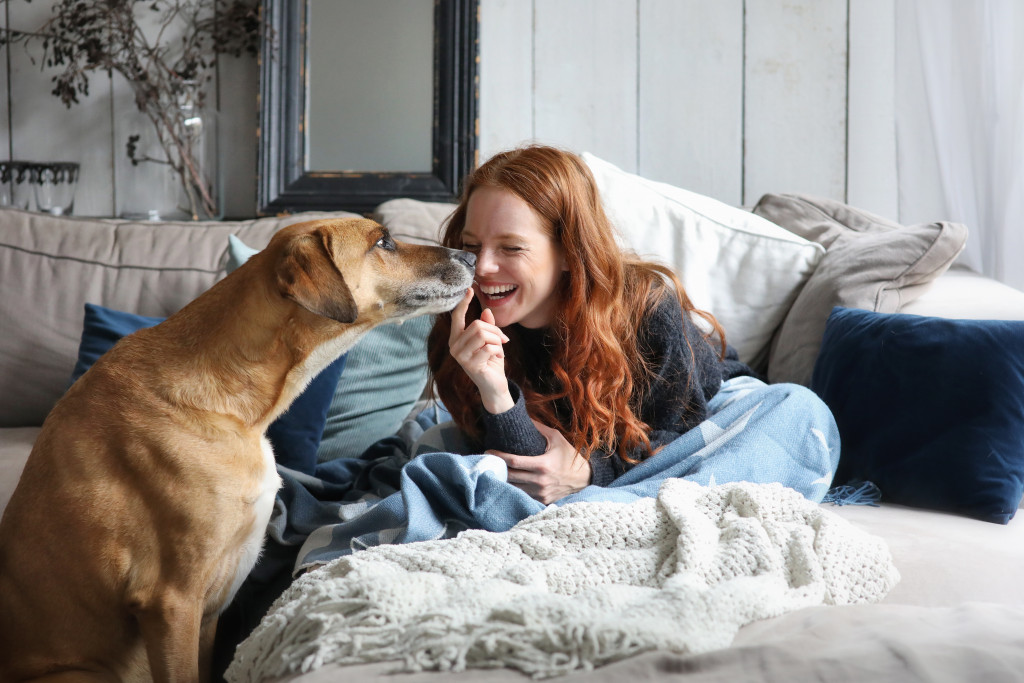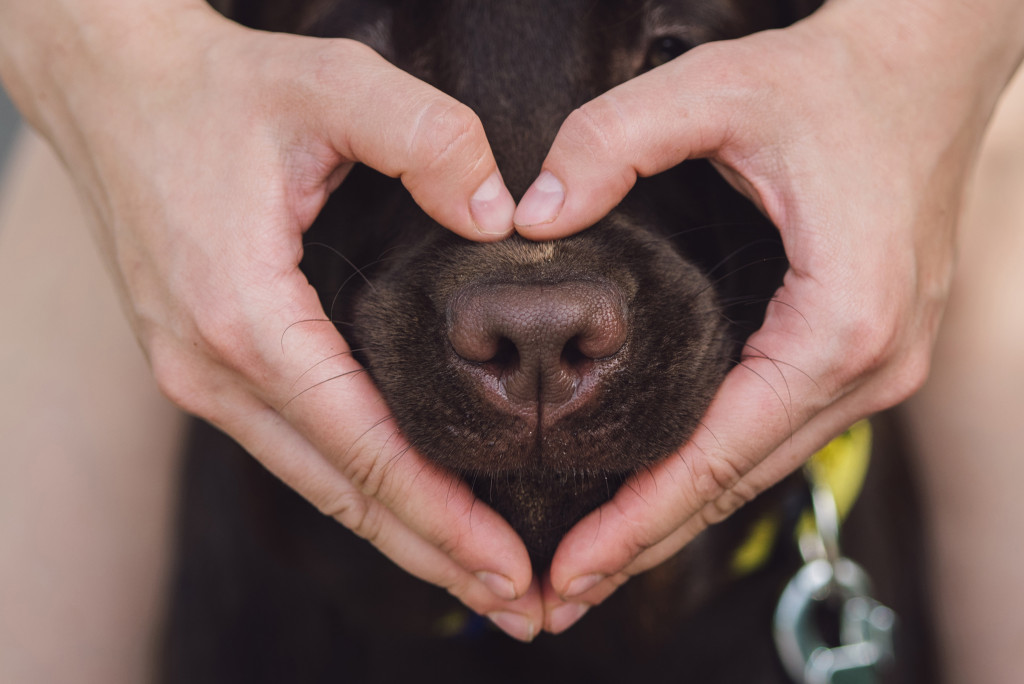Over the past year, the pandemic has forced many of us to stay in our homes. To prevent feelings of loneliness and isolation, people turned to their furry companions. Scientific studies have revealed the benefits of having pets at home during the lockdown. They help improve their owner’s well-being and ease stress, anxiety, and depression.
Most pet owners are putting so much time, effort, and money into providing the unique needs of their pets. Some are buying formulated pet products such as grain-free dog food with no artificial flavors and preservatives. Others are buying pet toys to keep their pets active and entertained while at home.
But as pandemic restrictions ease, many of us are returning to work and school, leaving our pets home alone most of the time. Since our pets have been used to having their owners at home during the lockdown, they are prone to becoming more lonely and isolated if they have to be at home without any companion.
Learning to be alone is an essential part of a dog’s training and prevents them from experiencing separation anxiety, a feeling of anxiousness when left by themselves. So, whether you’re planning to head out for work, vacation, or a quick errand, there are easy ways to leave them alone without worrying about their behavior.
Find the perfect location
The first step is to pick the best location you plan to leave your dog. Ideal options include roaming free or crated, whether indoor or outdoors. Your choice depends on certain factors, such as the time spent alone, the pet’s bladder capacity, weather conditions, yard availability, and the possibility of destructive behavior.
You also need to consider the pros and cons when picking the desired location. First, having the pet indoors while roaming free or confined to a room means they remain secured from undesirable elements, such as predators and chances of escape. But letting them stay indoors requires litter training or a good bladder capacity. This way, you don’t have to worry if they peed on the carpet or left a pile of poop all over the floor.
Allowing pets indoors would also mean leaving your belongings with them. If your dog is prone to destructive behavior, such as destroying furniture, doors, carpets, and shoes, then keeping them inside might not be a great idea.
Crates can either be comforting or confining for a dog. Leaving them in the crate while alone at home requires comfortable bedding and regular access to food and water. Since they’ll be inside the crate until you get home, they’ll likely spend long hours sleeping. Thus, this option is ideal for less active dogs. Otherwise, you need to make up for the lost time upon return.
The last option is to leave the dog in the yard alone. This means they can roam freely, take in some fresh air, and keep them occupied without impunity. The drawback is the bad weather and exposure to predators and parasites, and chances of escape.
Whatever location you choose, consider these factors to ensure the safety and comfort of your pet.
Conduct proper training and regular activity

Once you’ve chosen the right location to leave your pet, it’s time to train them to get used to spending time alone. It’s actually possible to train a dog to keep themselves comfortable at home within a definite period.
Start by gradually increasing the time of your absence while leaving them at the desired location. Leave the dog alone and add up the hours every day. You can stay in a different room, outside the house, or you can leave your pet altogether.
Don’t forget to give the pet a treat before leaving, but don’t do it if they’re barking, whining, or howling since it will only reinforce negative behaviors. Allow them to work on it by themselves.
Make time for potty training to identify how long they can stay indoors. You can also provide familiar items, such as balls, chew toys, comfy bed, or anything that will keep them at ease. Test the toys if they’re safe to play with to prevent them from ingesting foreign objects. For extra measure, play soothing music to calm them down.
The bottom line
Pet ownership is a huge responsibility. Bringing a new pet at home is the start of a long-term relationship. Feeding and sheltering them is not enough to keep a pet healthy. You have to treat them like family and devote time to ensure their needs are being met. So before becoming a pet owner, make sure to consider which animal suits your lifestyle.

